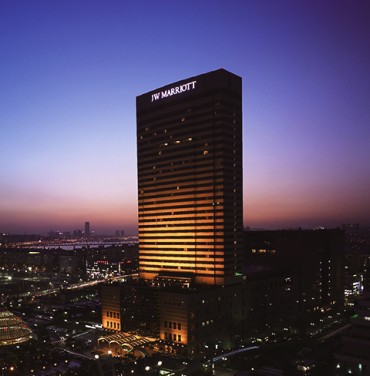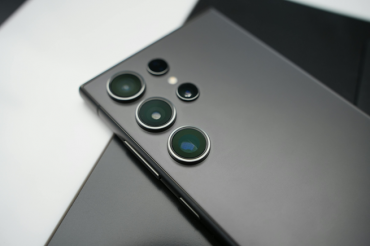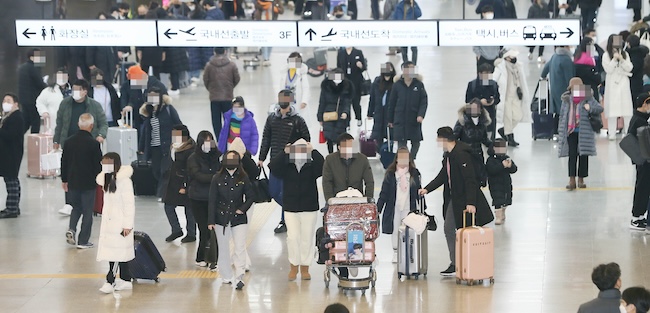
Jeju Island is being maligned as a tourist destination that stands out for three unpleasant things: rip-offs, unfriendliness, and high fees. (Image courtesy of Yonhap)
JEJU, Nov. 17 (Korea Bizwire) – Jeju Island, a major tourist attraction in South Korea, is also known as “3 Dado” (meaning “the island with three things”) – “stone,” “wind,” and “woman”.
But now, Jeju Island is being maligned as a tourist destination that stands out for three unpleasant things: rip-offs, unfriendliness, and high fees.
In fact, research shows that the satisfaction level of summer vacationers has dropped significantly, with Jeju Island, which has ranked first in summer vacation satisfaction for the past seven years, dropping to fourth place this year.
According to the results of the ‘Annual Summer Vacation Travel Satisfaction Survey,’ which has been conducted by a travel research company every year since 2016 among 25,000 people, Busan took over the top spot from Jeju, followed by Gangwon Province and South Jeolla Province.

Visitors walk through silver grass fields at Sangumburi, a tourist destination on the southern resort island of Jeju, on Nov. 11, 2023. (Image courtesy of Yonhap)
Jeju Island already recorded the highest consumer price inflation rate in the country at 7 percent last year, and its travel resource attractiveness score has been dropping noticeably due to controversy over high prices.
Against this backdrop, another survey has emerged that shows that Jeju Island is being ignored by domestic travelers.
Consumer Insight, a travel research company, analyzed the amount of money spent per traveler on a three-day, four-night trip this year (January-October) through its ‘Travel Behavior and Planning Survey’ (26,000 respondents per year).
As a result, the average cost of a three-day, four-night trip was 528,000 won for Jeju Island, 1,157,000 won for overseas destinations, and 339,000 won for all domestic destinations.
Compared to the average for domestic travel, Jeju Island costs 1.6 times more and overseas travel costs 3.4 times more.
Overseas travelers spent three times as much as domestic travelers and more than twice as much as Jeju travelers on travel expenses.
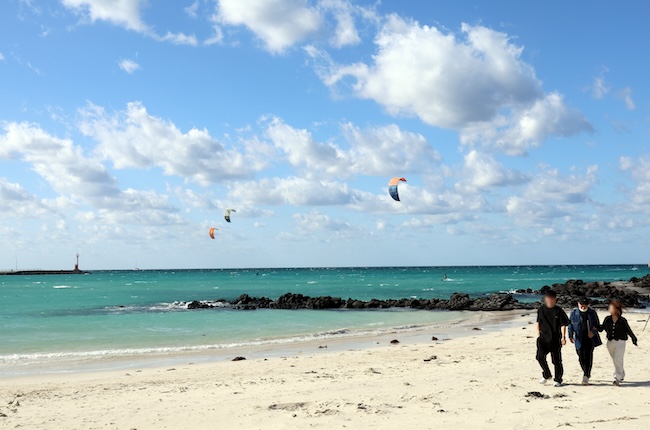
Visitors to Gimnyeong Beach in Jeju, Jeju Island, take a walk on the sand on Oct. 21, 2023. (Image courtesy of Yonhap)
Commenting on the findings, Consumer Insight said, “People often say, ‘If I had the money to go to Jeju, I would go overseas,’ but everyone knows that this is unrealistic. What they really mean is, ‘I don’t want to go to Jeju even if it’s half the price of an overseas trip,’ and it’s serious in that many people agree with this.”
“The irrational travel plan of ‘it’s better to spend 3.4 times as much overseas than 1.6 times as much on Jeju’ resonates with many people.”
Consumer Insight analyzed the average travel expenses over the past seven years and pointed out the problems with domestic and Jeju tourism.
“Compared to 2020, the increase in travel expenses in 2021 was 18 percent for domestic and 21 percent for overseas, but Jeju Island was the lowest at 15 percent. On the other hand, Gangwon Province had the largest increase at 31 percent, which has been a hot topic of debate for some time.”
However, the change in costs from 2021 to 2022 was completely different.
While both Korea and overseas saw a 3 percent increase, Jeju Island saw a 14 percent increase.
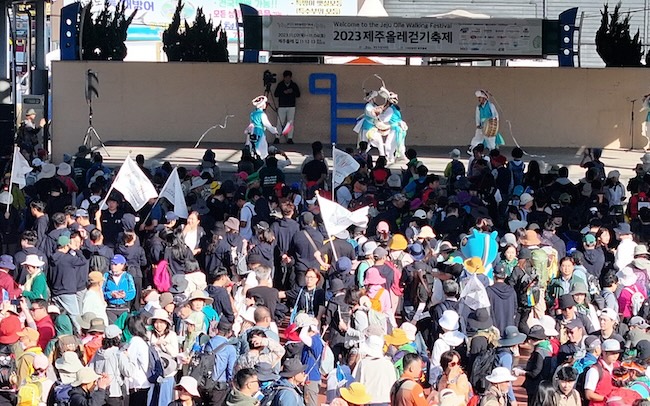
Trekkers gather at a sports park in the city of Seogwipo on South Korea’s largest island of Jeju on Nov. 2, 2023, as the Jeju Olle Walking Festival, the 13th of its kind, opened the same day, with the festival to be held on three of the island’s 27 popular coastal walking trails, called “Olle,” for three days. (Image courtesy of Yonhap)
“At the time, Jeju Island ranked last in the country in the ‘cost of living’ evaluation, foreshadowing the current situation,” said Consumer Insight. “Gangwon Province, which was the center of controversy in 2021, quickly shook off the bad news of the previous year by realizing an 11 percent decrease in travel costs despite the worst inflation.”
“While inflationary pressures have caused consumers to close their wallets and turn to ultra-austerity travel this year, Jeju has been the lone destination that hasn’t returned to below 2021 cost levels and has remained high-cost,” said Consumer Insight. “As a result, Jeju has been labeled as having a serious ‘cost-of-living’ problem and has reintroduced the old stigma of being a ‘go abroad for that money’ destination.”
“Consumers saying ‘I’d go overseas for that money’ is an expression of the sentiment that ‘I wouldn’t go to Jeju even if it was half the price,’ and it rings hollow for Jeju to argue that ‘Jeju is actually not expensive,’” he said.
Consumer Insight emphasized that “the first step is to understand the meaning of ‘I wouldn’t go to Jeju even if it was half the price’.”
M. H. Lee (mhlee@koreabizwire.com)



